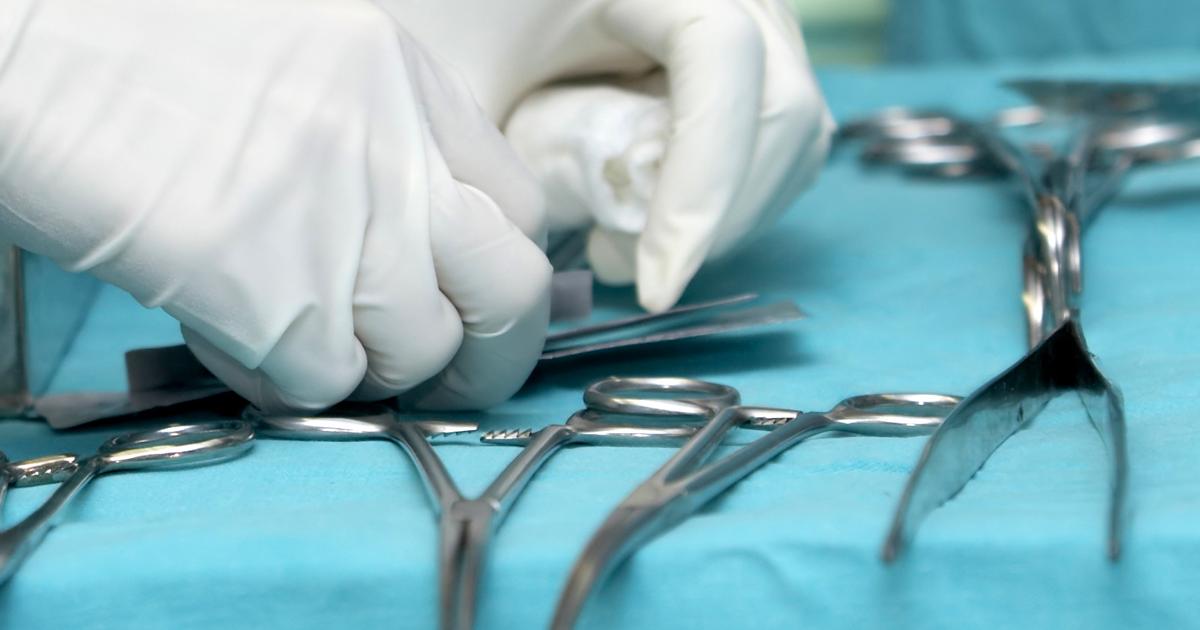Guide To An Appendix Removal And Recovery
How To Prepare For The Procedure
Before having an appendectomy, patients will need to refrain from drinking and eating anything for a minimum of eight hours. They'll also need to tell a doctor if they're taking any over-the-counter or prescription medications. The medications patients take can affect the procedure even if it's been a day since their last dose. The doctor will advise patients on how to take their medications before and following the procedure to make sure they're safe. The doctor should also be told if a patient is pregnant, might be pregnant, have any medication or latex allergies, or have any history of bleeding disorders. After the procedure, patients will need a friend or family member to drive them home. The majority of appendectomies are performed while patients are under the influence of general anesthesia. After surgery, it's common to have several hours where patients are unable to drive and excessively drowsy as the anesthesia wears off. At the hospital, there will be a physical examination and medical history performed. If the condition is caught early enough, the doctor might order imaging tests and blood tests to diagnose the condition.
Get more information about what an appendectomy entails now.
What The Procedure Entails

An appendectomy can be done in one of two ways: open or laparoscopically. Doctors will choose the best kind of surgery depending on the patient's medical history, the severity of their condition, and a variety of other factors. With an open appendectomy, a single incision will be made in the patient's lower right abdomen. The surgeon then removes the appendix and closes the wound using stitches. If the appendix has burst, this procedure is also used to clean the patient's abdominal cavity. This is the preferred choice for patients with ruptured appendixes or those who have previously had abdominal surgery. A laparoscopic procedure uses several smaller incisions in the abdomen. A cannula, which is a small and narrow tube, is inserted into the incisions and inflates the abdomen through carbon dioxide gas. From there, the surgeon can clearly see the appendix. After the inflation, the surgeon will use a laparoscope to see images of the patient's abdomen and guide the instruments. Once the appendix is located, it's tied off and removed.
Get the full details on the risks and complications associated with appendectomies next.
